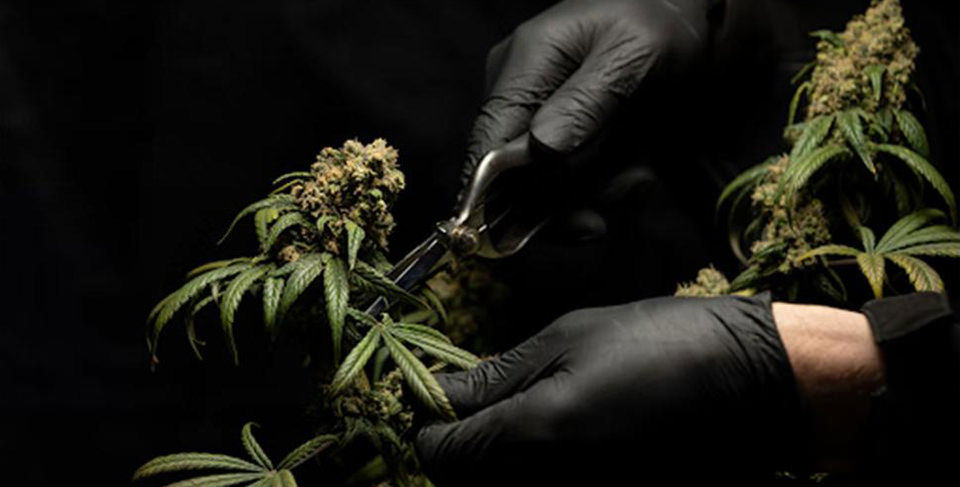Cloning Mistakes to Avoid
Some cannabis strains are known to be so easy to clone that you can actually make a cut, stick it in the dirt, and let it root. While it may require more effort than most cannabis strains, cloning is still a fairly easy and fairly painless process.

Here are some of the most common cannabis cloning mistakes made by newcomers to cloning.
-
Don’t clone from flowering females
While it is possible to clone from flowering females, the process will take longer and the initial rooting process may be less successful. The best plants to obtain clones from are well-rounded, vigorously wiggling female plants in the vegetative growth stage.
-
Clone from plants that are healthy
This really should go without saying, but the success of your cloning will depend heavily on the health of the plants you take from. If you take cuttings from plants that are infected, bug-infested, mold or root rot afflicted once the fungi grow on the seeds, the color will change from healthy, tender white to light brown, black, and pale. Then these discolored seeds are dead and disease-causing. The deadly bacteria can also spread to other healthy seeds and your cuttings won't thrive as they should.
-
Show your new clones
Indeed, dryness means that the new clones are in a vulnerable phase of growth which can lead to the death of the roots, So resist the temptation to overdo it, lest they get overwhelmed. Your plants need oxygen, and like all living things, stagnant water becomes stale and lacks the oxygen your plants need. Over watering your new clone may also require rooting or rot.
-
Let it get suitable temperature
Temperature is the most important environmental indicator for seed germination. Above 27 degrees Celsius, the seeds are likely to turn black, and below 24 degrees Celsius, the seeds are likely to grow white hairs.
-
Lighting your herbs
When grown outdoors, light is all the plant needs. But since you're growing indoors, you'll need to recreate a sun-like illuminance. When plants are young, they need blue light; as they grow and sprout, they need yellow, amber, and red light. When building your system, you have the following options:
- High Intensity Discharge (HID) lamps such as High Pressure Sodium (HPS) and Metal Halide (MH). These lamps can generate a lot of heat and a lot of energy, but they are also more energy-intensive than regular lamps.
- Fluorescent lamps. This type is great for young plants and doesn't use much electricity. However, once your plants are grown, you will need to give them more light.
- LED lights. Because of the different types, LED consume less power and generate less heat than other lamps. Atop lighting will be your best choice.
Click Here to know more.
Abuot the Author
Email: [email protected]
Whatsapp: +86-19867637023

